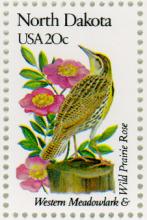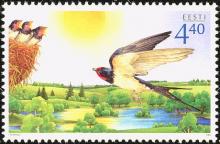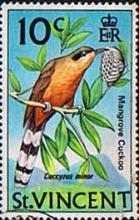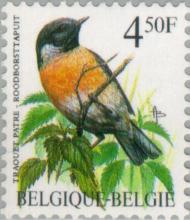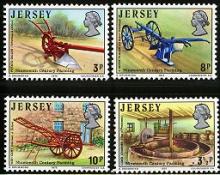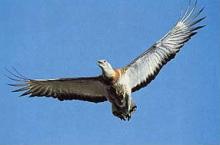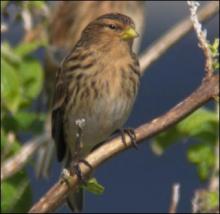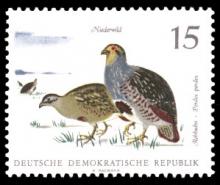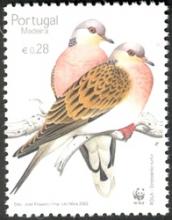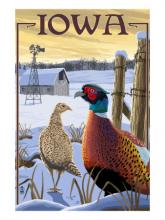Chronic toxicity is the most important variable in predicting negative bird population trends associated with pesticides
This study attempted to: (1) establish an extensive database on what bird species are using agriculture, where they are found and how they are using agricultural areas; (2) analyze these data to determine if there are significant relationships between avian population abundance, agricultural intensity, and crop types; and (3) determine if there are negative population trends associated with pesticide use. I calculated six independent variables including agricultural intensity, percent herbicide use, percent insecticide use, acute toxicity, chronic toxicity, and an herbicide indirect parameter.

